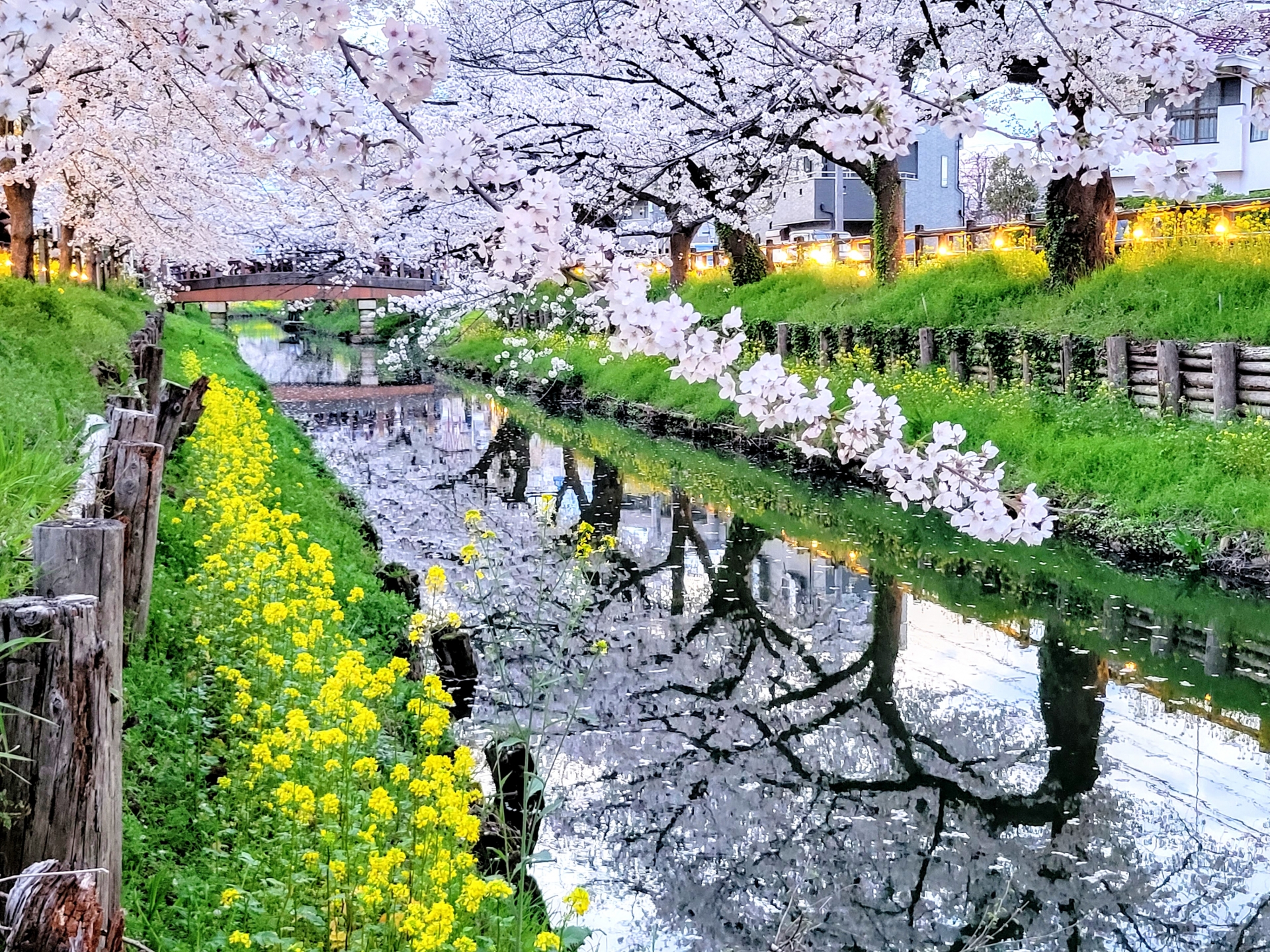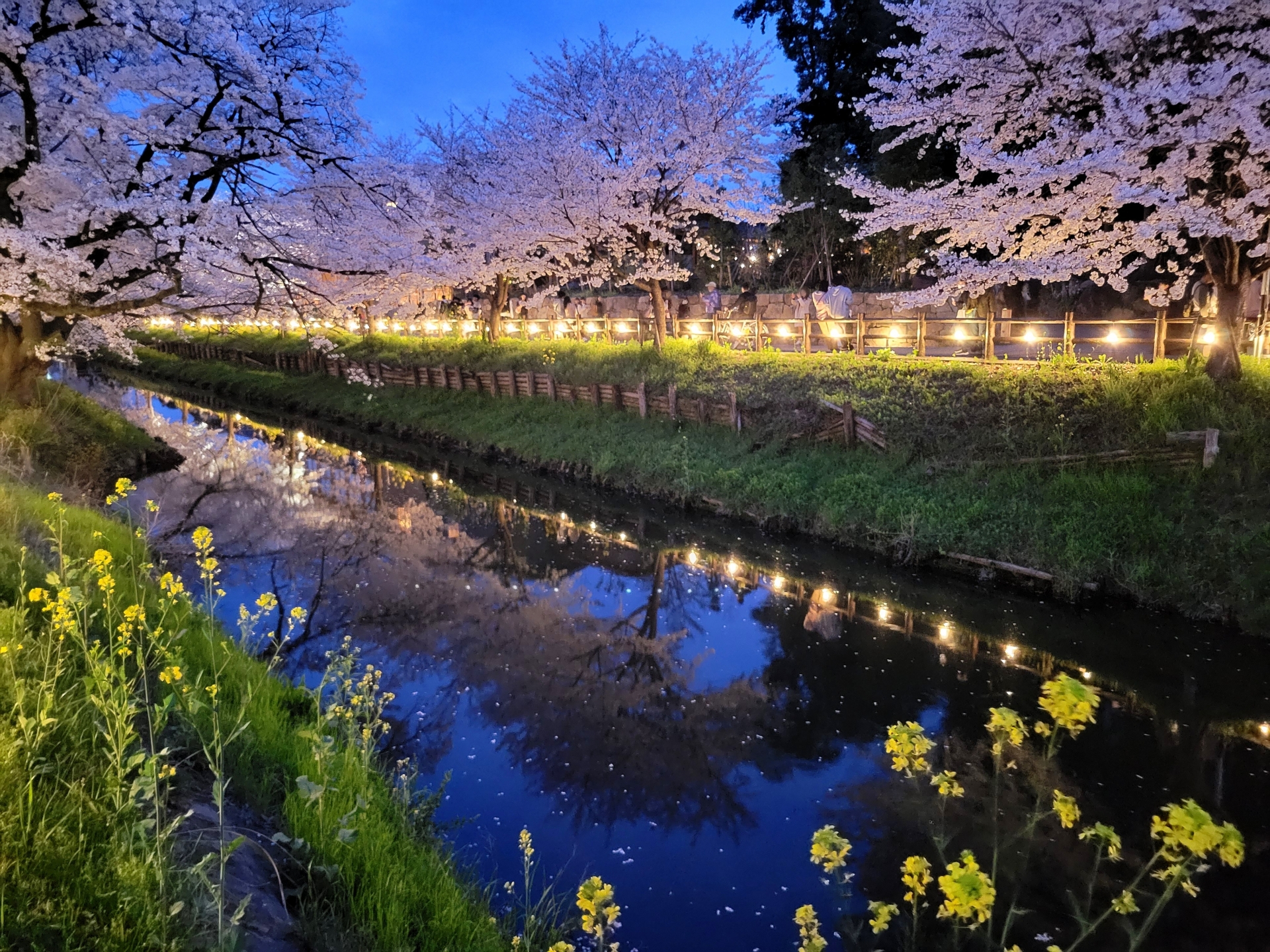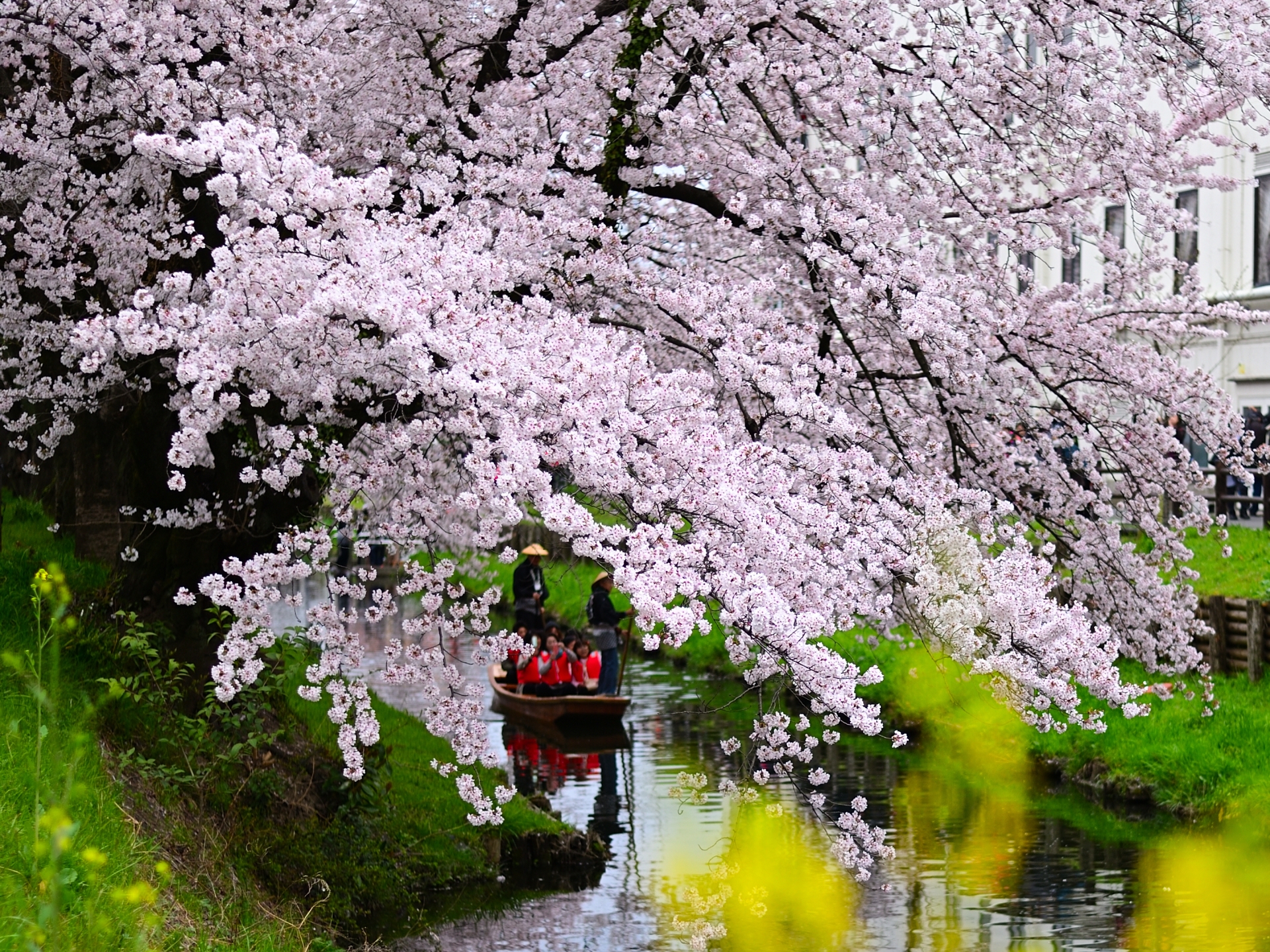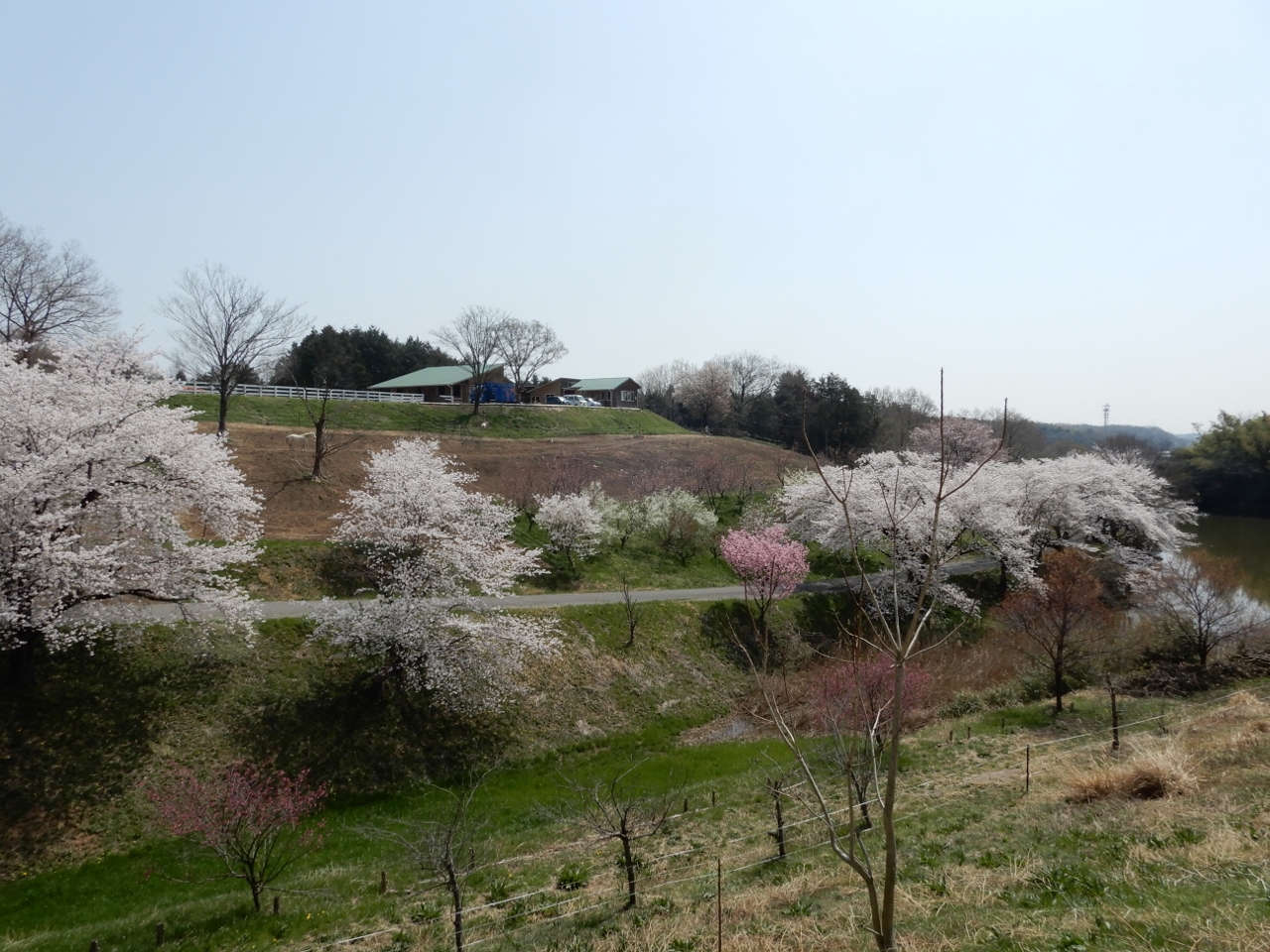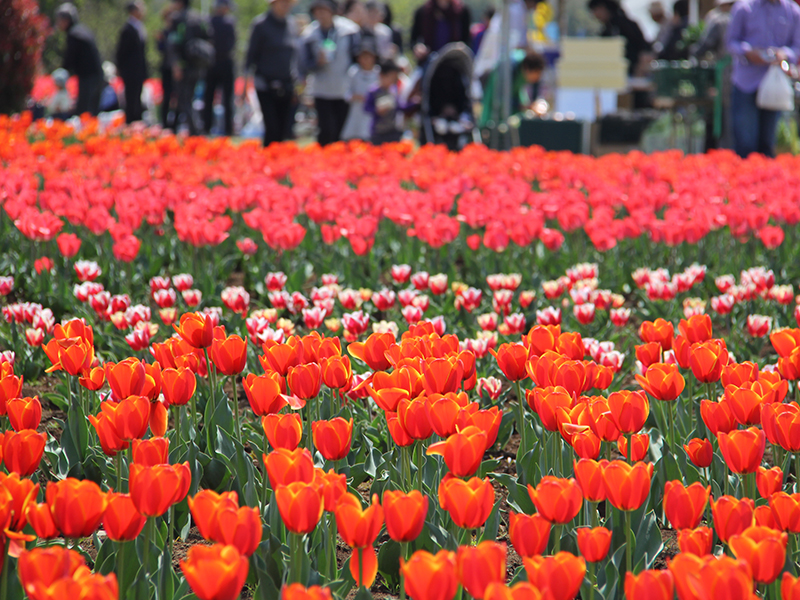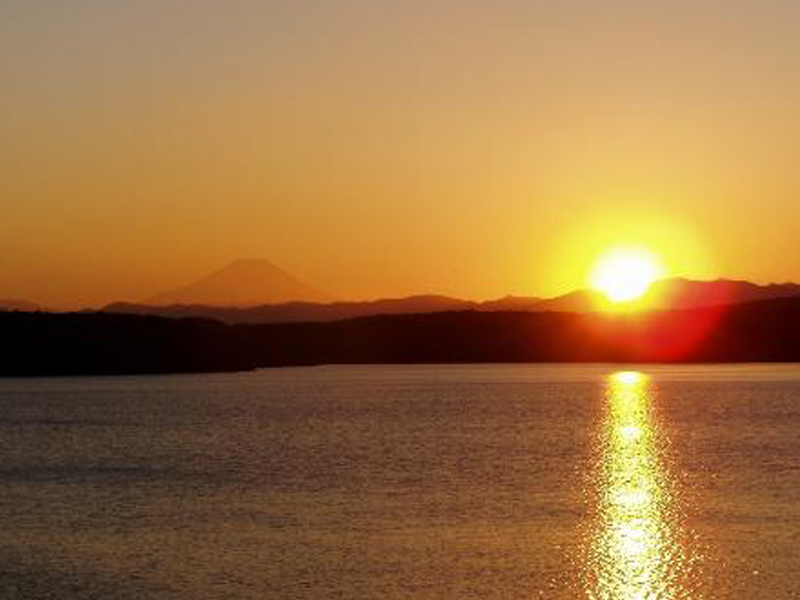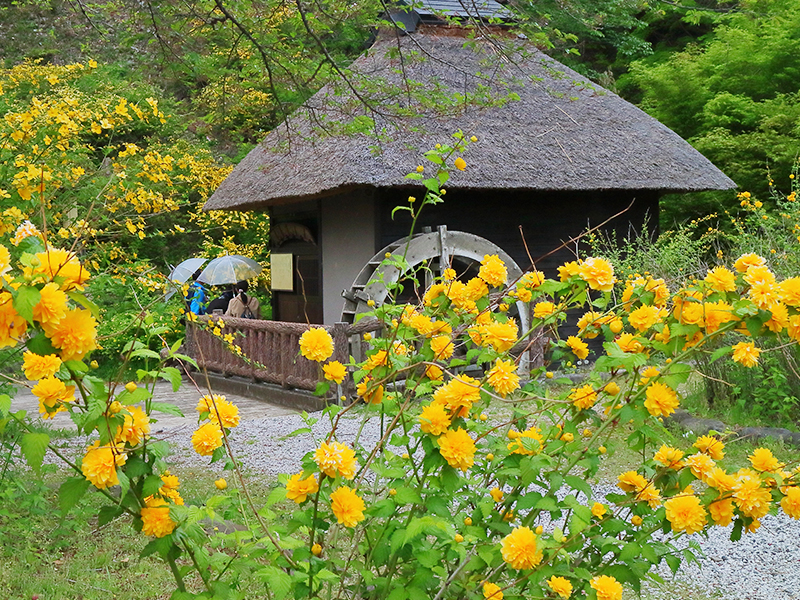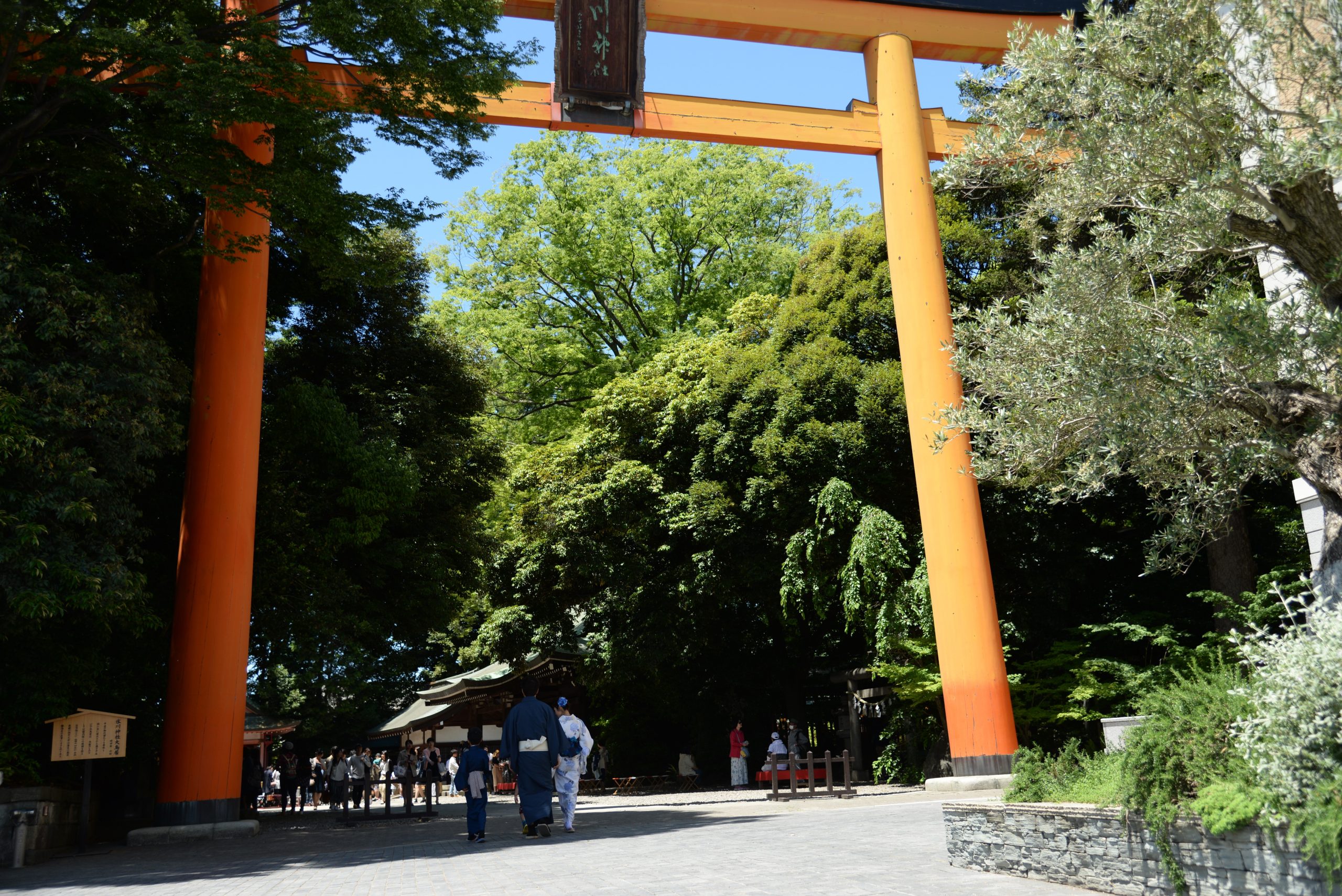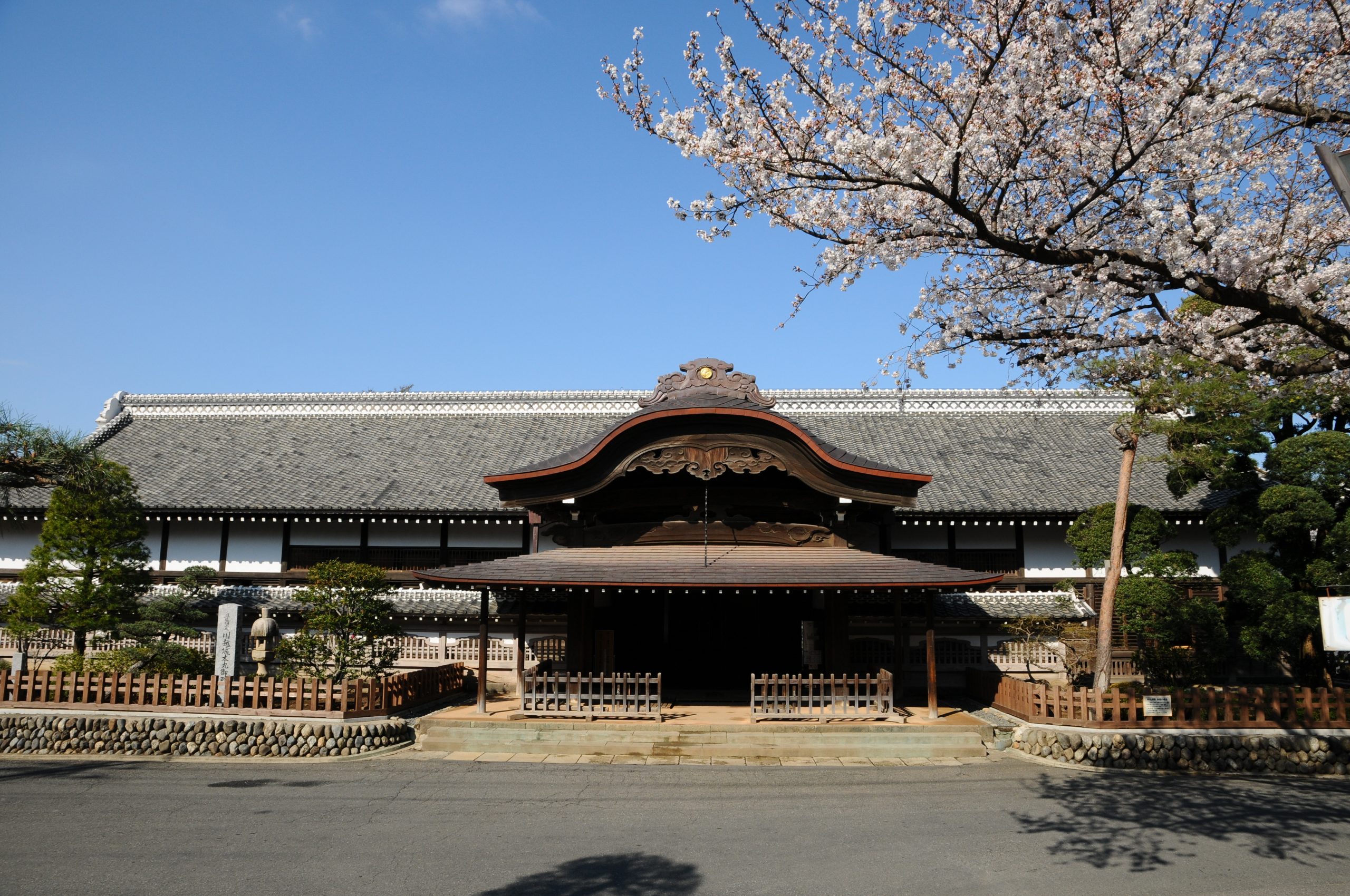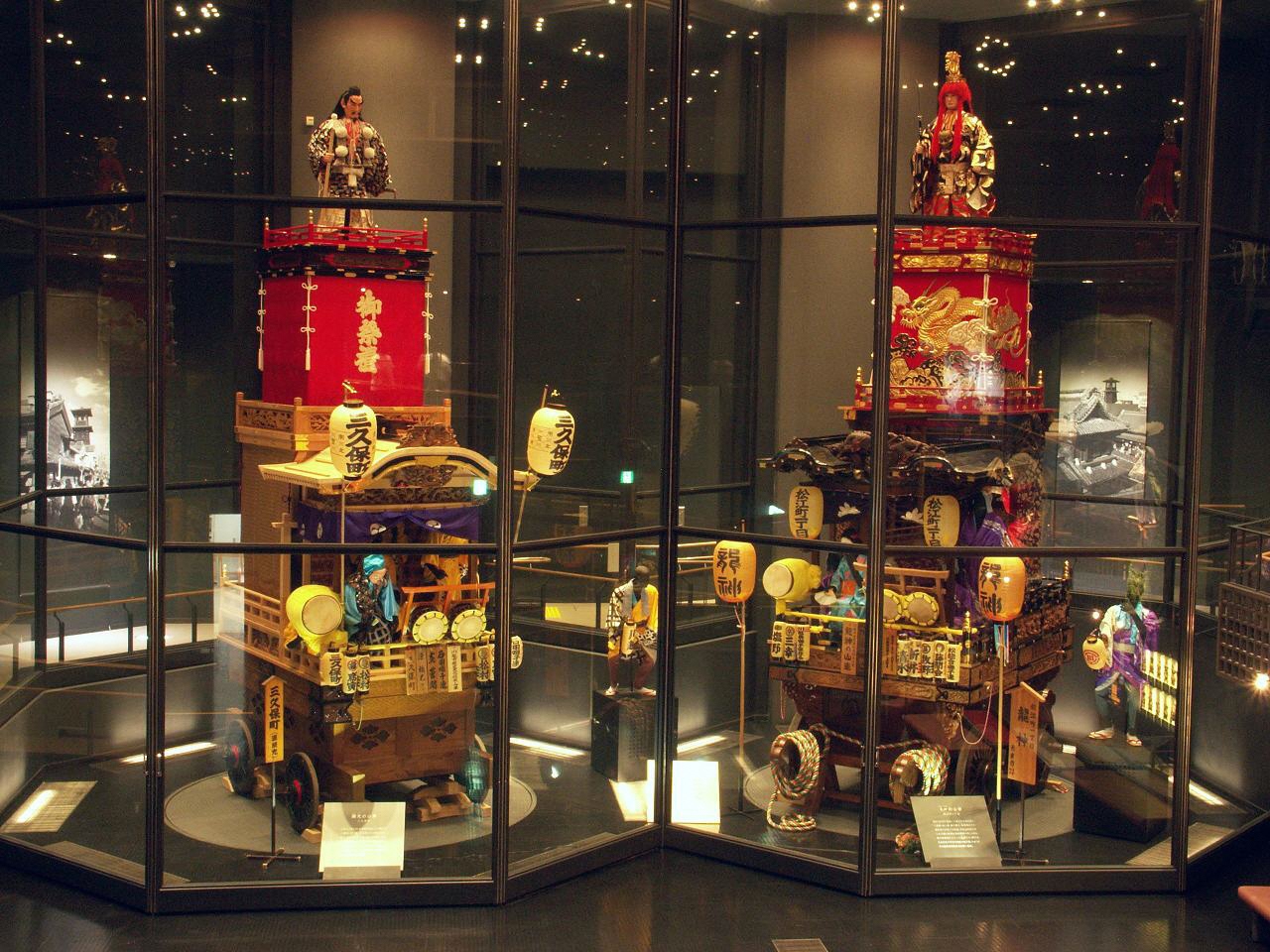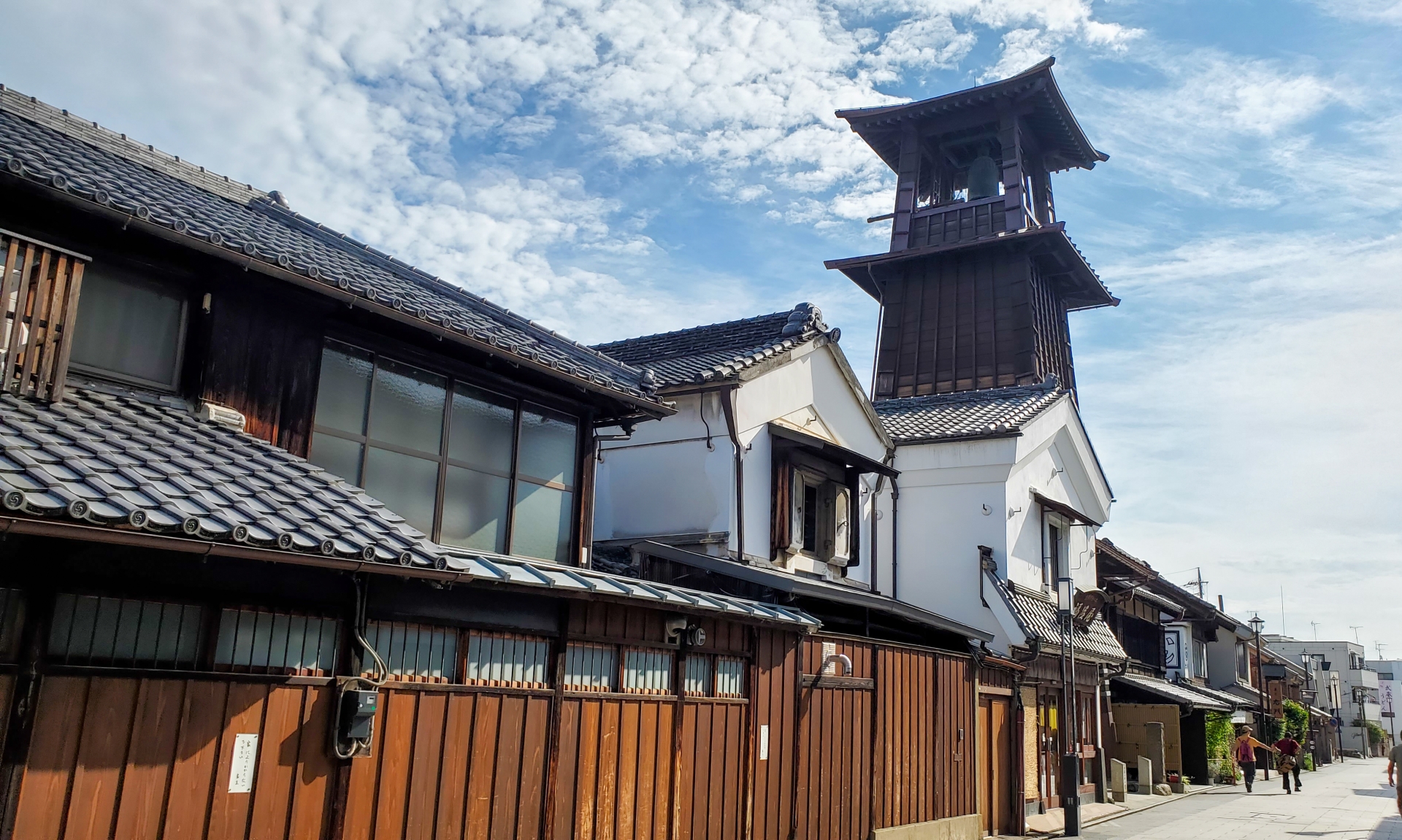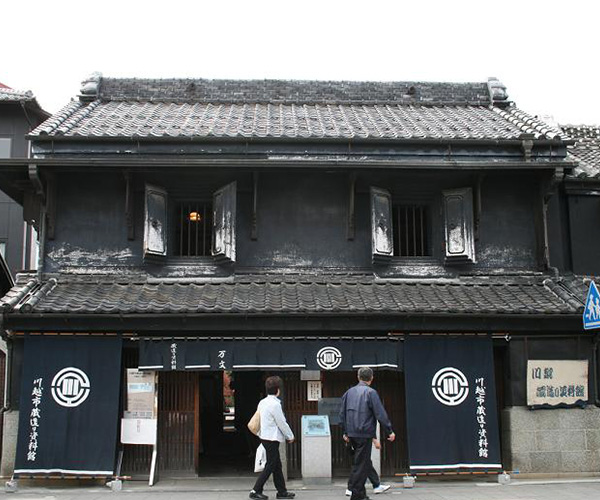Shingashi River behind the Kawagoe Hikawa Shrine
sightseeing
The "Little Edo Kawagoe Spring Sailing" is a Japanese cherry blossom viewing event held at the end of April, where visitors sail down the Shigashi River behind Kawagoe Hikawa Shrine to view 500 meters of cherry blossoms in full bloom. Sail along in a small Japanese-style boat enjoying the fully blooming sakura overhead with a flowing river of pink petals beneath you. It's a must-see for fans of the Japanese cherry blossom!
Basic Information
Location
Around 108 Hikawacho, Kawagoe City, Saitama Prefecture
TEL
049-222-5556(Kawagoe City Kawagoe Station Tourist Information Center)
Home page
Event Information
Late March or early April: Koedo Kawagoe Spring Boat Tour
Business hours / Fee
Fee
There is a charge for boarding a boat trip in Koedo Kawagoe Haru (Amount undecided)
How to get there
Public transport
Transfer to the Tobu Bus (Kawagoe 06) from the east exit of Kawagoe stn, Tobu Tojo line, or from Hon-Kawagoe stn, Seibu Shinjuku line. Get off at Miyashitamachi bus station.
Transfer to the "Koedo Famous Locations Loop Bus" from the east exit of Kawagoe stn. Get off at Miyshtamachi bus station.
Transfer to "Koedo Loop Bus (bound for Kitain)" from the west exit of Hon-Kawagoe stn. Get off at Hikawa Jinja Mae bus station.
Located right by the bus stations.
Transfer to the "Koedo Famous Locations Loop Bus" from the east exit of Kawagoe stn. Get off at Miyshtamachi bus station.
Transfer to "Koedo Loop Bus (bound for Kitain)" from the west exit of Hon-Kawagoe stn. Get off at Hikawa Jinja Mae bus station.
Located right by the bus stations.
Car
Kanetsu Expressway :20 minutes by car from Kawagoe IC, Ken-O Expressway:About 15 minutes from Kawajima IC
Other
Remarks
Please contact the tourist information center to see if the event can be held.

